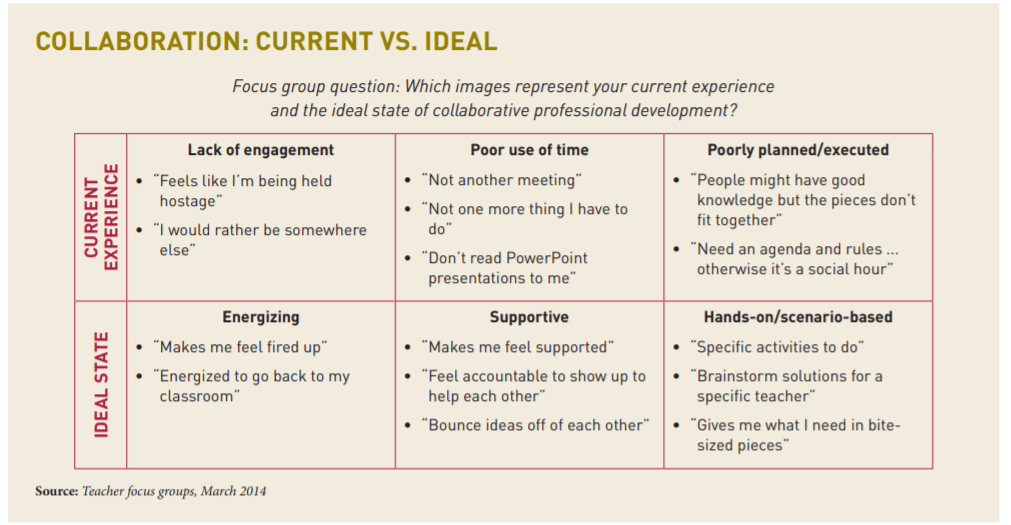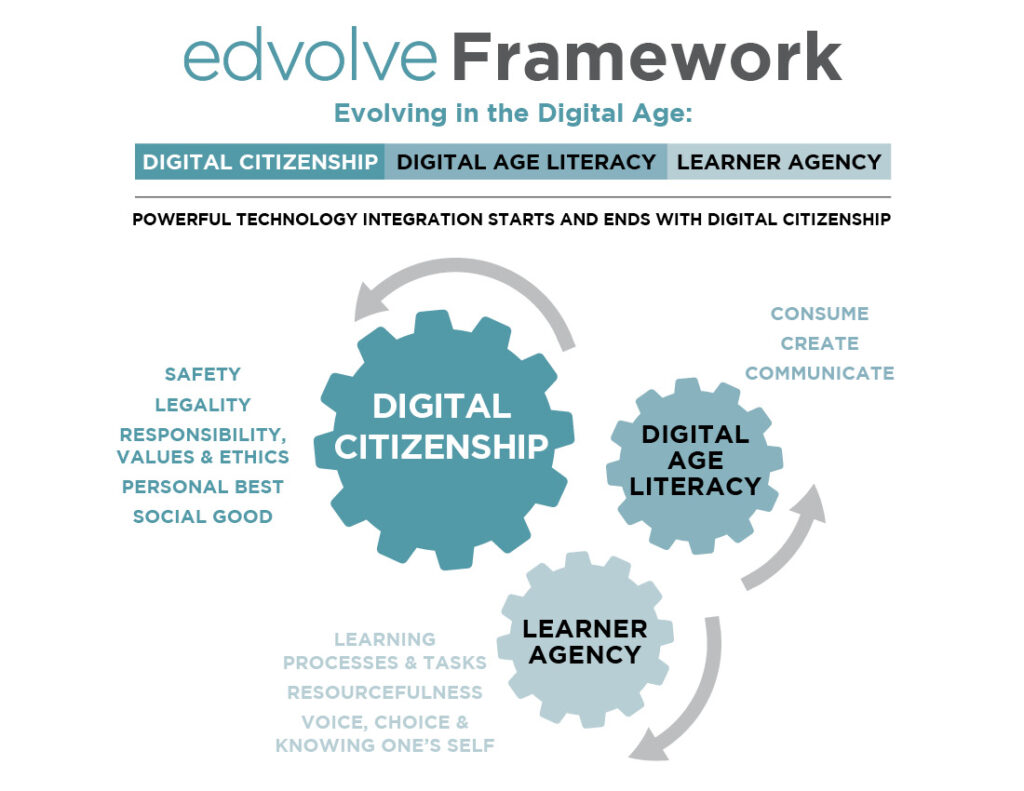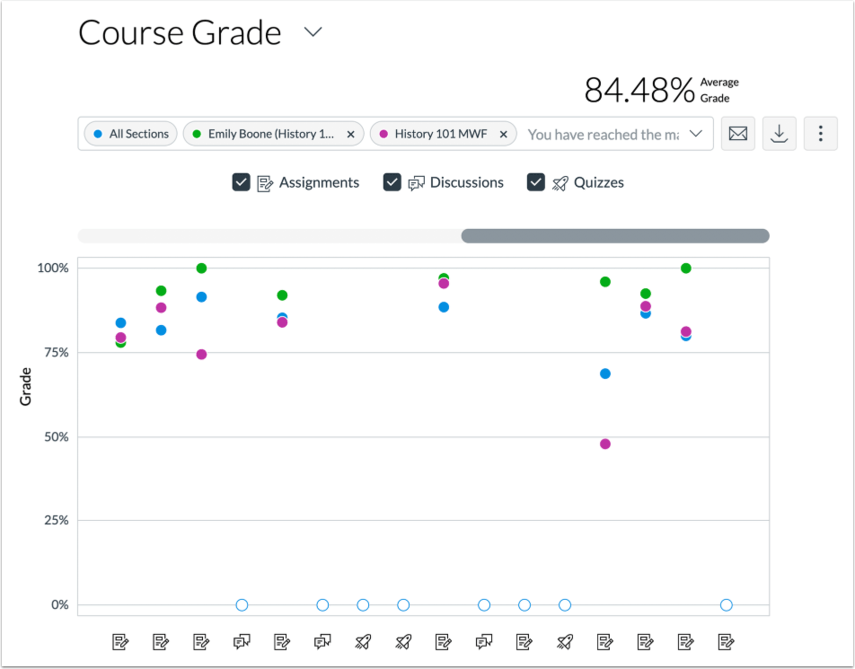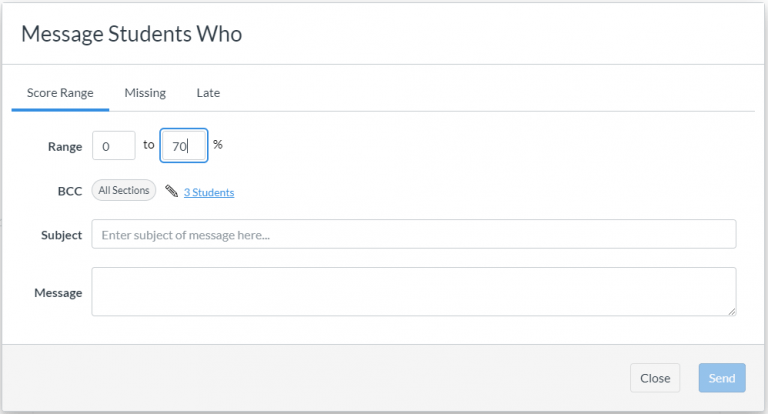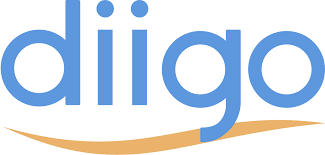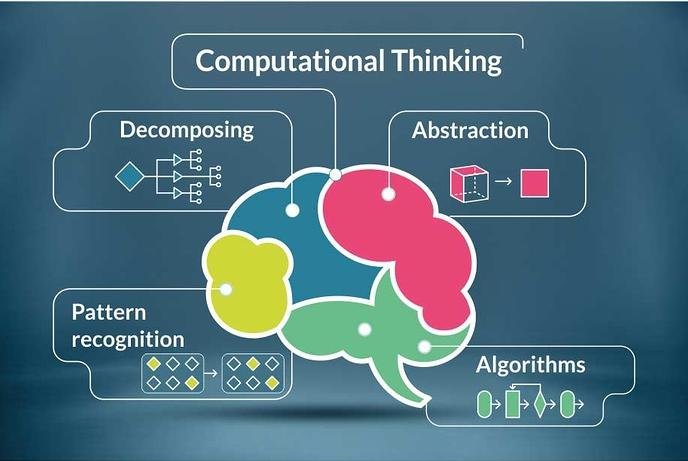In 2020, Apple TV’s comedy series Ted Lasso starring Jason Sudeikis became an unlikely hit after its debut season, earning rave reviews, excellent ratings, and a platform as a quirky source of inspiration for coaches–and really just ordinary people–everywhere. The premise of the show has fictional American football coach, the mustachioed Ted Lasso, recruited to coach a British Premier football (soccer) team, a sport which he knows nothing about. He’s been recruited by an embittered and recently-divorced club owner who wants to see the team fail miserably in order to get back at her ex-husband. As the season unfolds, Ted Lasso’s folksy wisdom, relentless optimism, vulnerability, and refreshing and profound decency eventually win over the skeptics, both in the show and in real life.

Indeed, professional athletic coaches such as Quin Snyder of the Utah Jazz and Steve Kerr of the Golden State Warriors have come out in support of the show and the coaching prowess of its lead (Cohen, 2021). Snyder was even quoted saying that “[Ted Lasso] should be required watching for coaches” (Cohen, 2021). Among Ted Lasso’s most notable coaching attributes are his:
- Commitment to having a short memory for failure while simultaneously building self-efficacy and resilience in his players
- Openness to modeling vulnerability, curiosity, and personal growth
- Ability to empower other leaders around him
- Varied approaches to coaching different individuals on the team depending on their individual needs, personalities, and backgrounds
Now of course I’m referencing a fictional television series geared at athletic coaching which can only go so far, but I think some of these “stand out” tactics of Mr. Lasso’s are relatable for a reason. As journalist Ben Cohen puts it in his 2021 Wall Street Journal article, “Why Real Coaches Want to be Ted Lasso”:
“There is a takeaway from the series…that applies to any line of work: The best coaches are the best managers of people.”
Ben Cohen, Wall Street Journal
Thus, as I turn to look at instructional coaching relationships in the world of higher education, there are many aspects of “what makes a good coach” that are universal to effective leaders and, dare I say, teachers in all kinds of contexts. After all, what is a good coach if not a good teacher? What is a teacher if not a ‘manager of people’? Perhaps we are all wise to think on the attributes of a good coach, regardless of whether or not our job titles imply that we are as much.
Anderson and Wallin (2018) offer some excellent “empirical tips” for instructional coaches to help us get started. You’ll see that many of them, at their core, overlap nicely with some of Ted Lasso’s coaching “best practices” listed above.
- Build Relationships: Nothing meaningful can be accomplished without trust and respect between the coach and the coachee. This takes time. Establishing trust may even require that coaches acknowledge where their own shortcomings in skills/experience are in order to better listen to and learn from those whom they are coaching.
- Remain Connected to Students: Stay active, connected, and relevant. In other words, “practice what you preach.” Trust and respect are harder to establish with instructors when there is a disconnect between the coach and what’s going on in classrooms. If possible, continue teaching in some capacity while in a coaching position.
- Develop Leadership Skills: Maintain a growth mindset and actively seek out ways to improve upon the coaching and leadership skills you already possess.
- Model for Teachers: Be prepared to demonstrate. Don’t just tell people to “go do” something; focus on active learning opportunities and practical takeaways that can be modeled for those being coached.
- Build in Planning Time: Allow for one-on-one time to come alongside those being coached and address their needs individually. Collaboratively work with educators during this time to plan and implement new strategies. Treat instructors as partners in the process.
- Remain Focused on the Goal: It’s easy to be distracted by all the things that might be addressed by an instructional coach, and no single coach can be all things to all teachers. Lean into your particular areas of expertise and stay attuned to the specific ways you’ll be best equipped to improve instruction.
Of course, when it comes to focusing on your goals as an instructional coach, much will depend on context, and higher education is its own unique ecosystem of teaching and learning. Higher education is notoriously slow-moving in its shift away from a traditional, lecture-based classroom format. Reasons for this are many, but they certainly include 1) time constraints for faculty, 2) lack of proper training in teaching practice, and 3) conflicts with instructors’ existing beliefs about teaching and learning (Czajka & McConnell, 2016). There can also be a tension between faculty members’ prioritization of research activities over and above investing in the improvement of teaching practice, depending on their campus culture and which part of their job has a greater influence on their own professional identity (Czajka & McConnell, 2016). This, then, is the unpredictable instructional landscape instructional designers/coaches in higher education must navigate.
Czajka & McConnell (2016) conducted a case study wherein an instructor from a large research institution was invited to work with an instructional coach to reform a course taught frequently to undergraduate students. The work in this case study is referred to as “situated instructional coaching.” Situated instructional coaching has a qualified collaborator (i.e someone familiar with the subject/discipline/curriculum in question) working one-on-one with an instructor to change a course design over time, including class observations and feedback on real-time delivery, as well as creating opportunities for the instructors to reflect on the changes. In its original format, the instructor’s course for this case study was very much lecture-based and revolved around lengthy PowerPoint presentations delivered over the course of 75-minute class sessions twice per week.

However, after working closely with an instructional coach and implementing changes to her course design and delivery in three phases, the instructor demonstrated measurable changes in attitudes regarding her perceptions of “what worked” when it came to teaching and learning while also implementing changes to her course that were notably more student-centered (such as breakout discussions in small groups).
According to this case study, the situated instructional coaching model seemed to work particularly well in a higher education setting. Having a collaborator who can aid in revisions can significantly reduce the time burden of recreating a course (which is often a major deterrent for faculty). Additionally, since training is specific to the discipline and occurring in the classroom in real time, instructors are not investing time to attend general training workshops, listen to talks, or read and interpret unfamiliar literature as additive activities on top of their already-full schedules, nor are they having to wonder how certain strategies will actually translate into their specific field of study. Situated instructional coaching occurs in the midst of their normal teaching responsibilities, with feedback and opportunities for reflection provided immediately by the coach (Czajka & McConnell, 2016). It’s worthwhile to imagine how instructional coaches in higher education might ‘situate’ themselves on their own campuses to be the most helpful and relevant to the instructors they hope to assist.
If I may conclude with a return to Ted Lasso, we must remember that coaches and instructors are all on the same team and they need one another to meet their goals. The coach succeeds when the the player/instructor they’re working with succeeds. When coaches seek to openly collaborate with the individuals they’re coaching, faithfully modeling best practices in teaching and investing in the specific needs of the individuals they’re assisting, much growth is possible. And perhaps at the end of the day, it’s more important to see players improve and grow over the course of the season then walk away with the championship trophy.
References:
Anderson, V. & Wallin, P. (2018). Instructional Coaching: Enhancing Instructional Leadership in Schools. National Teacher Education Journal 11(2), 53-59.
Cohen, B. (2021, July 14). Why real coaches want to be Ted Lasso. Wall Street Journal. https://www.wsj.com/articles/ted-lasso-nba-coaches-11626232223
Czajka, C.D. & McConnell, D. (2016). Situated instructional coaching: a case study of faculty professional development. International Journal of STEM Education 3(10). https://doi.org/10.1186/s40594-016-0044-1


